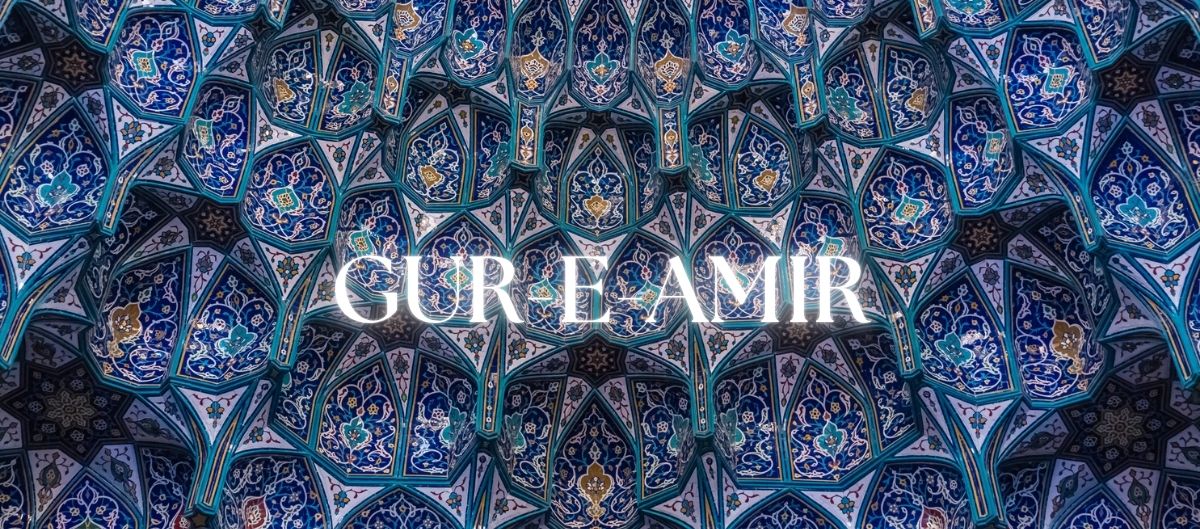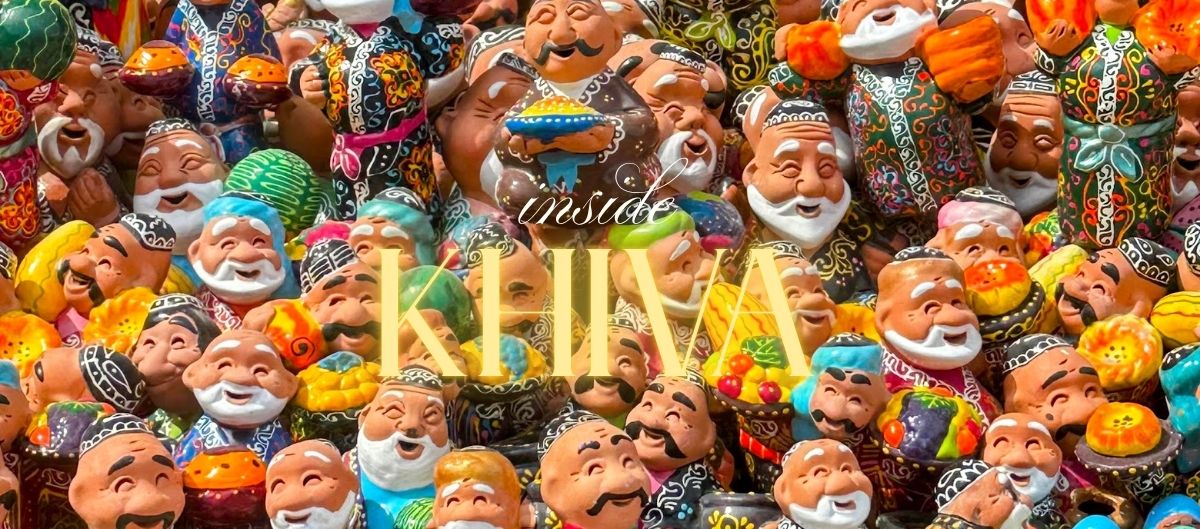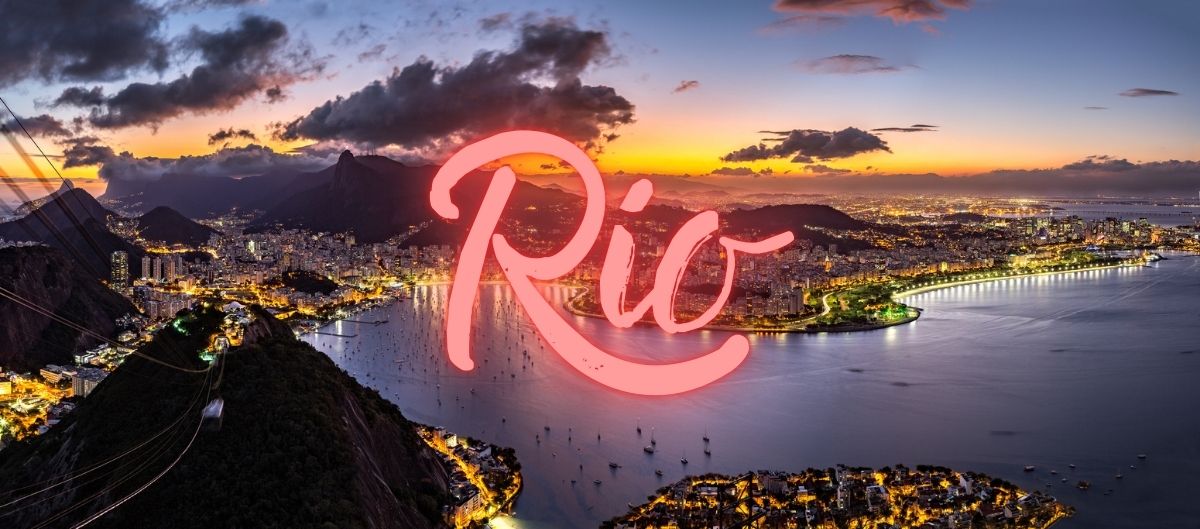this is a page for
Category: Solo Travel
—solemn, symmetrical, and magnificent in its melancholy.” Lord Curzon, British statesman 19th c. The colors had begun to deepen in late afternoon shadows when we arrived in Samarkand, tired after a long bus ride through the desert but the mood changed instantly. We were in a sacred place, the burial monument to the legendary Tamerlane, Timur the Lame. A hot, dry wind carried stories older than time and the sky …
Khiva’s roots stretch back over 2,500 years, but its golden age began in the 16th century when it became the capital of the Khanate of Khiva. As a major oasis along the Silk Road, it prospered from trade — and infamously, from a large slave market that once operated within its walls. The real magic of Khiva lies inside Itchan Kala, the old walled city, where more than 50 historic …
The term “Silk Road” evokes images of camel caravans crossing deserts, laden with silk, spices, precious metals, and exotic goods, and was the intrigue for my 8,650 mile journey to Central Asia. That along with stuff of legend; the conquests of Alexander the Great, Genghis Khan and Tamerlane. For over a thousand years, the Silk Road was one of the most influential networks in world history stretching from the ancient …
Rio de Janeiro is more than a city—it’s sun-soaked poetry. From the iconic Christ the Redeemer statue gazing over the city to the energy of Copacabana, Rio pulses with life. But one neighborhood in particular, Ipanema, has etched its name into global culture—thanks to a girl who walked along its beach and into musical history. In 1962, a young woman named Heloísa Pinheiro strolled past a small bar in Ipanema …
It’s called El Ateneo, Spanish for “The Athenaeum”, a place associated with learning, the arts and intellectual pursuits. A hundred years ago, it was one of the most elegant theatres in all of Argentina, now it is considered the most beautiful bookstore in the world. Shelves of books replace rows of seating…celebrating a different type of artistic expression. As you enter, the feeling is still one of anticipation. Literature takes …
This is not just “another waterfall’…and believe me, I’ve seen a few and shared them with you; Iceland has Seljalandfoss and Godafoss among their trove of treasures as well as South Africa’s Victoria Falls from both ground and helicopter views. But Iguazu trumps all of these with raw majesty, sound and fury! Iguazu Falls are actually a series of large waterfalls or cataracts on the border between Argentina and Brazil. A …





